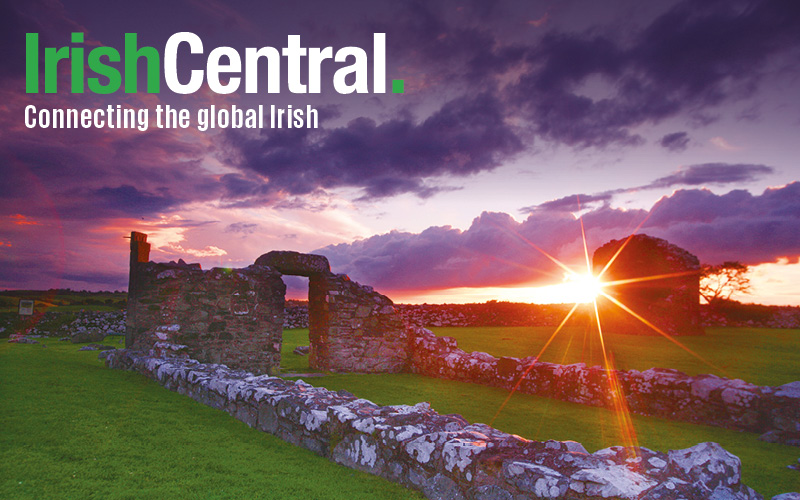The project Canada Come Home recognized the lives of Irish emigrants who left Wicklow to resettle in Canada during the Great Hunger. The event on Friday, September 13, 2013 included a reenactment of the Fitzwilliam Estate clearances.
Between 1847 and 1856, 6,000 tenants were forced to leave the Fitzwilliam Estate and many families went to Canada. Black ‘47 as it became known, was the worst year of the Great Hunger.
Canadian Ambassador to Ireland Loyola Hearn spoke at the event. The Independent quoted him, “The connections between Canada and Ireland have never been stronger or closer than they are today.” He added, “It is very appropriate in this, the year of the Gathering, that such an event as this is being held in Wicklow.”
A potato blight was carried by ships from the eastern seaboard of the United States and Canada to Ireland, where the blight wreaked havoc on the potato crop in 1845. Having only small plots of land, many Irish tenants had become dependent on the very nutritious potato, which gave high yields from a small plot.
The idea that charity was not automatically deserved and stress on self-reliance weakened British motivation to help victims of the Great Hunger. Following laissez faire, the notion that the government should interfere as little as possible with the economy, grain exports remained at pre-famine levels. The British opened soup kitchens in 1847, but closed them after only six months once the death toll started to subside.
Without another crop or the financial resources to buy grain the British were importing, many Irish died from disease or emigrated. The United States and Canada were popular destinations. Ships departing to these locations became known as ‘coffin ships’ as many of their passengers did not survive the journey. About one million died during the Great Hunger and another million emigrated. Today Ireland is a key advocate for finding solutions to world hunger.




Comments